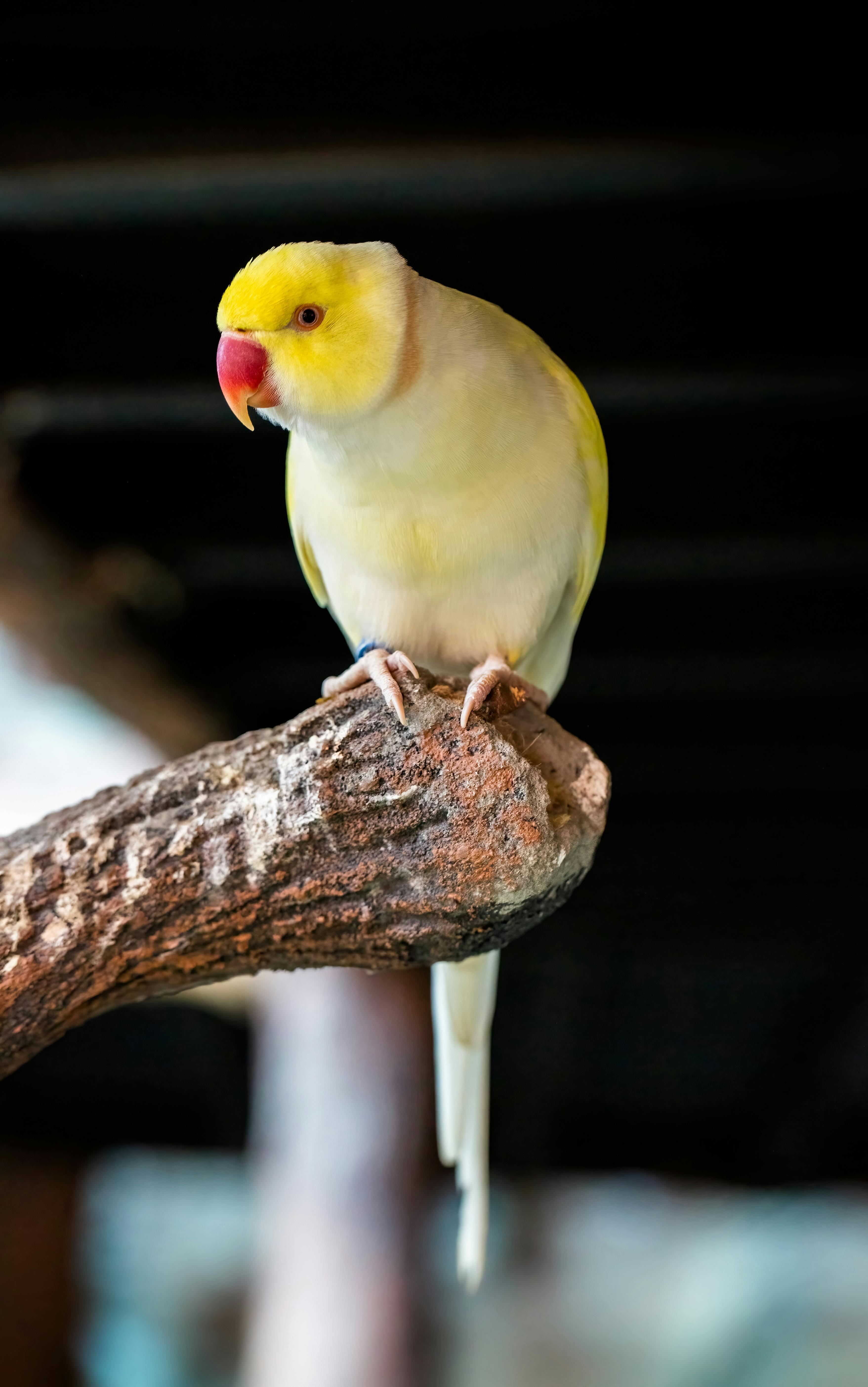
Apply Now


Effective Ways to Discover Red Sea Fish in 2025
The Red Sea is one of the world's most vibrant marine ecosystems, teeming with a remarkable variety of fish species that are both beautiful and ecologically significant. With its stunning coral reefs and rich biodiversity, the region attracts marine enthusiasts, snorkellers, and divers eager to explore its underwater treasures. Understanding the different aspects of red sea fish species, their habitats, and conservation efforts is essential for anyone looking to responsibly enjoy what this incredible environment has to offer. This article provides a roadmap to discovering red sea fish in 2025, incorporating facts about their habitats, behaviors, and how to spot the best species while engaging in sustainable practices. Key takeaways from this article include the importance of red sea biodiversity, practical tips for spotting various species through snorkeling or diving, and an overview of conservation efforts aimed at protecting these remarkable creatures.Essential Characteristics of Red Sea Fish Species
Diversity Among Red Sea Fish
The Red Sea is home to an astonishing variety of fish species, making it one of the world's biodiversity hotspots. Over 1,000 species can be found within its waters, with many endemic to the region. Key species include the iconic red sea clownfish, majestic red sea angelfish, and the vibrant red sea parrotfish. Each species exhibits unique adaptations to their environment, from bright colors to specialized feeding methods. The rich diversity of red sea fish contributes to the ecological balance of the region. Many species, such as the red sea surgeonfish and the graceful red sea wrasse, play essential roles in maintaining coral reef health by grazing on algae and detritus, thus preventing overgrowth and allowing for coral regeneration. Understanding these species not only enhances appreciation for the Red Sea but also emphasizes the importance of marine conservation.Red Sea Fish Behavior and Habitats
To effectively discover red sea fish, it is vital to understand their behavioral patterns and the different habitats they occupy. Red sea fish are often found in vibrant coral reefs, where they seek shelter and food. Species such as the red sea butterflyfish and the red sea grouper exhibit specific social behaviors, using various strategies to forage for food or protect territory. Diving into deeper waters, one can often find red sea fish in various habitats including lagoons, seagrass beds, and rocky shores. The distribution of species varies significantly based on environmental conditions such as water temperature, salinity, and depth. By recognizing these habitats and the social interactions within them, enthusiasts can better plan their explorations.Identifying the Best Red Sea Fish
Identifying different fish species in the Red Sea involves studying their physical characteristics, colors, and behaviors. Familiarity with the colorful spectrum of red sea fish colors is crucial, as many species employ bright hues for camouflage or attraction during mating rituals. The flamboyant red sea lionfish, with its striking spines, starkly contrasts with the more subdued tones of the red sea goatfish. Utilizing resources such as field guides and underwater photography techniques provides valuable assistance in identification efforts. Engaging with local fish enthusiasts and participating in educational programs can also enhance knowledge and identification skills as visitors seek to understand the fascinating ecological roles these fish play.Key Activities to Engage with Red Sea Fish
Snorkeling and Scuba Diving Adventures
One of the most rewarding ways to discover red sea fish is through snorkeling and scuba diving. These activities offer a direct connection to the underwater world and a chance to observe red sea reef fish in their natural habitats. Participants can expect to encounter various species including the striking red sea triggerfish and the elusive red sea octopus. To ensure a meaningful experience, it is important to choose reputable diving operators with an emphasis on conservation over commercial exploitation. Equipment necessary for scuba diving includes dive tanks, masks, and fins, all of which can be rented from local dive shops. Proper training and safety measures must also be adhered to, ensuring an enjoyable underwater excursion.Engaging in Responsible Fishing Practices
Fishing is a popular activity in the Red Sea, but it must be practiced responsibly to preserve fish populations and marine ecosystems. Sustainable fishing techniques advocate for catch-and-release methods and adherence to regulations governing size and species limits. By understanding the impacts of fishing on red sea fish, enthusiasts can contribute to the conservation of marine life. Participating in guided fishing tours can enhance understanding of local ecosystems and best practices. Local guides often provide insight into the balance between fishing and conservation, showcasing the ecological significance of red sea fish species while emphasizing the importance of maintaining sustainable practices.Red Sea Fish Conservation Efforts
Awareness and advocacy play crucial roles in the conservation of red sea fish. Numerous organizations work tirelessly to protect marine habitats and educate the public on the importance of conservation efforts. Initiatives include establishing marine protected areas, restoring coral reefs, and conducting research to monitor fish populations and behaviors. By understanding the various threats facing red sea fish and their ecosystems—including overfishing, climate change, and pollution—individuals can actively participate in conservation initiatives. Engaging in local clean-up projects and supporting sustainable tourism programs directly benefits the delicate balance of the Red Sea habitats.Red Sea Fish Photography Tips
Techniques for Capturing Red Sea Fish
For those passionate about photography, capturing the beauty of red sea fish can be a fulfilling endeavor. Using a waterproof camera or housing, enthusiasts can effectively shoot stunning images of marine life. It's essential to utilize proper techniques, such as controlling buoyancy and positioning, to avoid disturbing the fish or their habitats. Understanding lighting conditions is key to achieving vibrant colors and clarity in underwater photos. The use of artificial lighting, such as underwater flashes, can enhance depth and detail, making images more impactful and dynamic.Resources for Aspiring Red Sea Fish Enthusiasts
A wealth of information is available for those eager to learn more about red sea fish and their environments. Guides, documentaries, and online resources delve into various aspects of marine life, including fish identification, conservation advancements, and ecological studies. Actively participating in forums and local conservation initiatives fosters a sense of community among red sea fish enthusiasts. Additionally, engaging in programs designed for local schools and organizations raises awareness about the significance of red sea fish. By educating younger generations, a lasting passion for marine conservation can be instilled, further highlighting the importance of preserving these remarkable species.Q&A Section: Frequently Asked Questions About Red Sea Fish
What are the best red sea fish for aquariums?
Selecting fish for a home aquarium requires careful consideration. Popular choices include the red sea clownfish and red sea damselfish, recognized for their vibrant colors and adaptability to tank environments. It's vital to research each species’ specific needs, including water quality and compatible tank mates.How do red sea fish adapt to their environment?
Red sea fish exhibit unique adaptations to thrive in their environment. These may include changes in coloration for camouflage, the development of specific feeding strategies, and social behaviors to enhance survival in diverse habitats. Understanding these adaptations is crucial for appreciating the ecology of the Red Sea.What conservation efforts are in place for red sea fish?
Numerous conservation efforts focus on protecting red sea fish and their habitats. This includes the establishment of marine protected areas and research initiatives aimed at understanding fish populations and their ecological significance. Supporting local conservation organizations can make a positive impact on the health of the Red Sea ecosystem.How can I responsibly observe red sea fish while diving?
To observe red sea fish responsibly, divers should follow guidelines that prevent harm to marine life. This includes maintaining a safe distance from fish, avoiding contact with coral, and using proper buoyancy techniques. Educating oneself about local ecosystems and engaging in environmentally-friendly practices supports sustainable interactions.What is the significance of coral reefs for red sea fish?
Coral reefs play a fundamental role in the survival of red sea fish, offering shelter, food, and breeding grounds. The health of coral reefs directly correlates with the diversity and sustainability of fish populations. Protecting these vital ecosystems is essential for maintaining rich and diverse marine life.
